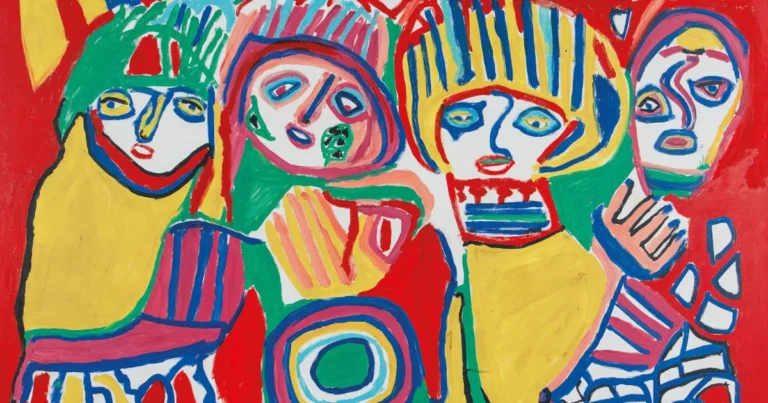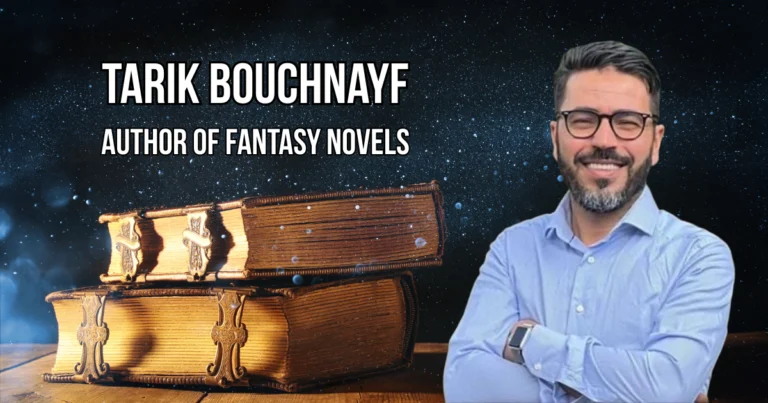Inside the writer’s brain (3/6): What makes a character feel real?
Type “Harry Potter,” “Robert Langdon,” or “Daenerys Targaryen” into any search engine, and you’ll find countless pages detailing their beliefs, values, flaws, and life stories, as if they were real people. I’m not talking about the actors, Daniel Radcliffe, Tom Hanks, or Emilia Clarke, but the fictional characters they brought to life.
These characters, born from the imaginations of J.K. Rowling, Dan Brown, and George R.R. Martin, have transcended page and screen. They live in our conversations, in fan theories, and in the memories of readers and viewers alike.
Now imagine crafting a hero from your own imagination, someone who touches hearts, lingers in minds, or a villain so haunting they keep your friends awake at night.
Believe me, this is possible. All it takes is mastering the art of character development.
And that’s what I’ll cover in this article: the key elements needed to make your characters compelling, emotional, and unforgettable. This isn’t theory from books, it’s what I’ve learned over four years of writing and rewriting.
Like this article? Share it with a friend who might love it too. And yes, the order matters, at least from my point of view.
Strengths and Skills
In my writing, I always begin the first chapter by introducing the main character, not the world, not the setting, not the plot. Readers need a reason to care, and the best way to do that is by showing what makes your character stand out.
If your protagonist is a leader, show their sharp mind through a tough decision. If they’re a superhero, give us a moment of action, yes, even if it’s cliché, like jumping off a building to save a child. The goal is to grab your reader with something uniquely them.
Values and Beliefs
Your character isn’t defined by power or position alone. A superhero isn’t beloved because they’re strong, and a queen isn’t compelling just because she rules.
What makes them resonate is their internal compass: the values they hold, and the beliefs they live and die by. It doesn’t have to match your own as a writer, but it must feel authentic and be tested throughout the story.
Backstory
You don’t need to start your novel with a character’s birth, but their past should live beneath the surface. A well-written backstory informs every decision, every fear, and every relationship they have.
Think of it this way: when we fall for someone in real life, we become curious about their past, where they came from, what shaped them. That same curiosity applies to fiction. Let readers discover your character’s layers gradually.
Flaws and Weaknesses
A perfect character is a boring character. Flaws make your creation human, relatable, and vulnerable.
Maybe they’re impulsive. Maybe they’re overly trusting. Maybe they drink too much or doubt themselves. These cracks are what allow light, and growth, to shine through.
Character Arc
Your character should change over time. A compelling arc shows how they evolve, whether through overcoming flaws, acquiring new skills, or questioning long-held beliefs.
Readers need to see progress. The spark that draws them in must grow into something deeper over time.
Appearance and Mannerisms
Golden hair or bald? Green eyes or blind? It’s up to you. But don’t default to clichés, build an appearance that complements your character’s inner world.
Even more powerful than looks are mannerisms. Do they avoid eye contact? Tap their fingers when nervous? Small gestures can say more than a full paragraph of exposition.
Voice and Personality
Is your character eloquent or awkward? Formal or sarcastic? Do they speak with an accent? Do they talk too much, or too little?
In my past nine novels, I often focused more on tone and dialogue mastery than vocal uniqueness. But now, I challenge myself to make each character’s voice distinct and consistent. It’s one of the best ways to make them stand out.
Symbolism or Archetype
Here’s where character development becomes mythic.
Your character isn’t just a person, they can be a symbol. They might represent hope, justice, chaos, or revenge. These themes give your story depth and resonance.
Think of Daenerys: she starts as a symbol of rebirth and liberation, but over time, that symbolism darkens into conquest and control. Or Harry Potter, the embodiment of sacrifice and the fight against evil. These archetypes, The Chosen One, The Rebel, The Mentor, The Outcast, tap into universal patterns we all instinctively understand.
But don’t just copy old molds, break them. Combine archetypes. Subvert them. Let your character begin as a symbol, and become something more complex as the story unfolds.
Symbolism gives your characters weight. It connects them not only to your plot, but to your reader’s psyche.
Final Words
I’ve always believed characters are the DNA of any story. They’re what I focus on the most, because without them, the plot can’t breathe.
I hope this helped you see your own creations in a new light. And in my next article, we’ll dive into something just as crucial for immersive storytelling:
Show, Don’t Tell.
📚 Further Reading: Books by Tarik Bouchnayf
- The Other Realm: Lost In Ayred
- The Other Realm: The Crimson World
- The Unjust War (The Other Realm Book 3)
- Empire of Rebels
- The Queen And The Eighth Rebel (Empire of Rebels Book 2)
- Empire of Rebels: The Lord King And The Lady Queen
- 309 Years Later
- The Queen And The Eighth Rebel
- كل شيء بدأ ببث
Author and Cloud Data & Artificial Intelligence Engineer
• Born on October 25, 1982, in Rislane, a small town nestled between Berkane and Oujda in Morocco.
• Holds a Bachelor's degree in Data Science from Johns Hopkins University.
• Former lecturer at the University of Créteil in Paris, where he combined technical expertise with creative passion.
• Currently works as an engineer specializing in cloud data and artificial intelligence.
• Writing, a long-suppressed desire, became an undeniable calling in his early twenties.
• Author of seven novels in English, three of which became bestsellers.
• Recently made a notable debut in Arabic literature with his first fantasy novel, marking a new chapter in his literary journey.
• Now lives in Belgium with his wife and their three children.
• Continues to pursue both his professional projects and his lifelong dream of writing.








